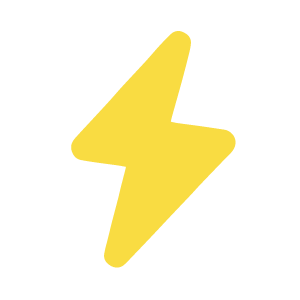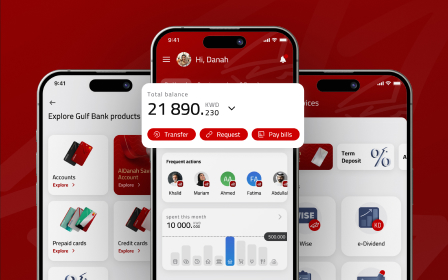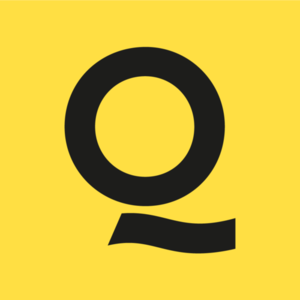How to conduct user interviews
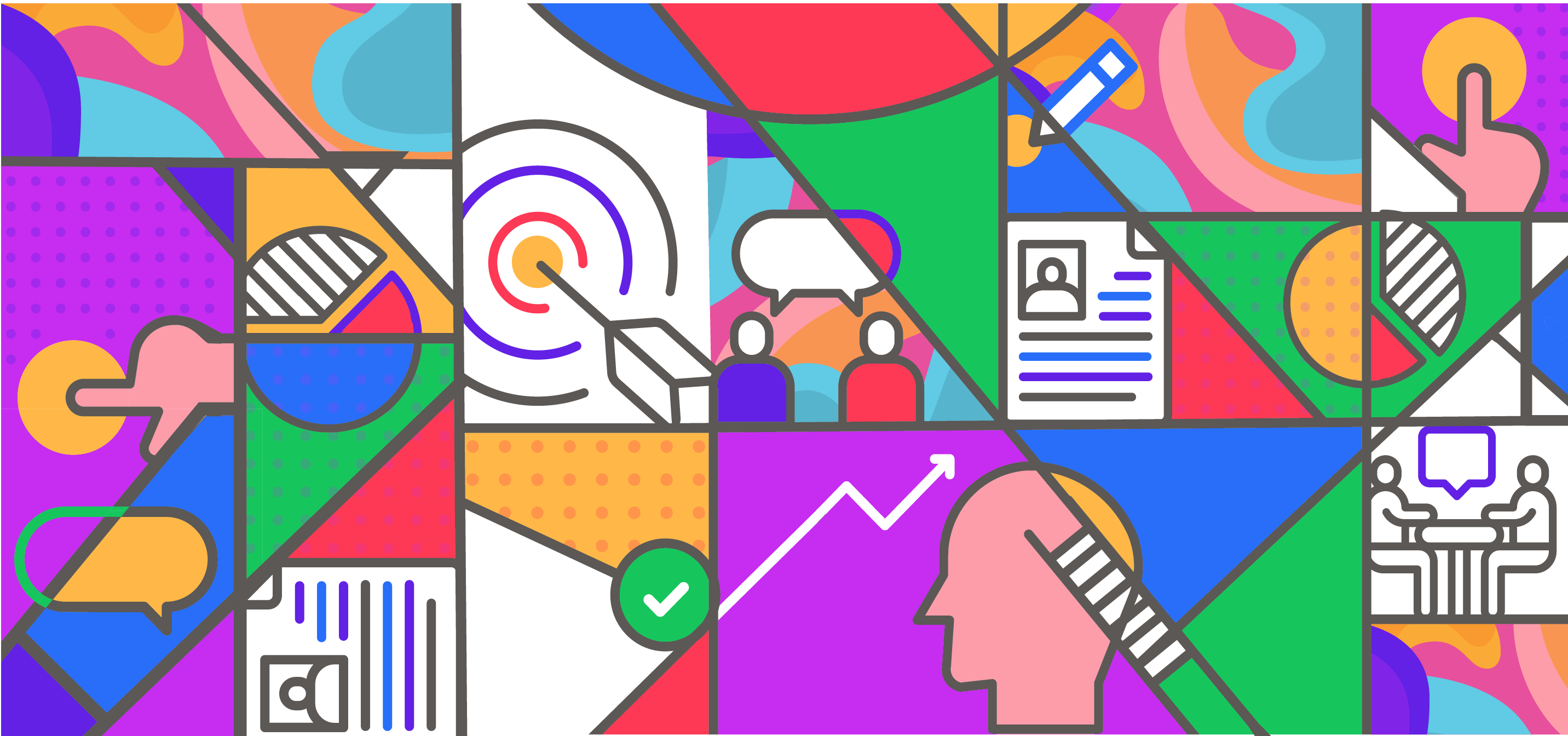
You create a software solution for living breathing human beings. It sounds obvious, but some people forget about this. In such a case, the solution is based on assumptions on top of even more assumptions about an abstract potential user.
Assumptions are dangerous if they are not proven by real-life experience. To make this transition from assumptions to proven hypotheses, you need to talk to your potential users and see what needs and expectations they have. This is where user experience interviews come in handy.
What Is A UX Interview?
Let’s start with the basics. In its essence, a user interview is a structured or semi-structured conversation with your potential or current users about their user experience. User interviews are a research method that can be used on its own or in combination with other UX research methods like a usability test or survey.
A user interview can be conducted in real life or via a video or a phone call, although the first option is preferable – you can see all the non-verbal signs and ‘read’ your interviewees’ responses better. It is advised to conduct user experience interviews in pairs – one person is interviewing the user while the other one is taking notes.
Purposes Of User Interviews

- how users are already using your solution or similar solutions;
- users’ needs and problems that you can solve;
- whether your idea is valuable to your target audience;
- hidden competitors;
- other uses of your app that you weren’t aware of.
Potential Drawbacks To User Interviews
First of all, what your interviewees say they do may not always be what they actually do or feel. This can be due to several reasons. People are likely to be trying to be nice to you, so they may hold back some negative feedback. Besides, memory is a tricky thing – we can’t remember every single detail, so when we have some blanks, we try to fill them in by making things up. We are prone to framing ourselves depending on the way questions are asked – if you ask the interviewee “how angry were you when…”, he or she will focus on this particular emotion without thinking about other ones.
All of this means that you need to be not only a UI/UX design expert – you need to be good at psychology to get unbiased and sincere answers. We’ll cover the main tips for avoiding drawbacks described above later.
Another reason you may miss an insight is if you stick to the script and don’t ask follow-up questions when they could come in handy. As we’ve mentioned above, there are two types of interviews – structured and semi-structured. Semi-structured interviews don’t mean there is no plan at all. But, in this case, the plan is more of a guide for keeping the conversation going in the right direction than something you have to stick rigorously to.
What Interview Questions You Should Ask
Before you start interviewing, you need to prepare – this means, first and foremost, preparing the list of questions and topics you would like to cover during the interview.
We can’t give you a one-fits-all questionnaire that you can just take and use. Your discussion plan depends on the main goal you have set. This goal is, basically, what you want to find out about the user behavior as the result of user interviews.
- Typically, the interview consists of introductory questions, topic-specific, and product-specific ones:
Introductory questions help you understand what your users’ everyday life is like. You can ask them about apps they use regularly, what their typical day is like, etc. - Topic-specific questions are focused on a particular topic/problem/task. You can ask interviewees about how much time they spend on a certain task, what their relationship with the topic is, etc.
- Product-specifiс questions are used to help you validate your solution – they are focused on gathering feedback on your MVP, demo, current product, etc. You can ask interviewees whether they would use the product and why, what they like or dislike about it, etc.
You can check out the Starter Questions For User Research for more interview questions you can ask.
How To Conduct An Ideal Interview
The whole user interview process in the UX design company is usually divided into three main stages: preparation, the interview itself, and post-interview tasks. Let’s take a closer look at each stage and find out how to conduct user interview.
Preparation
1. Set the objectives
We have already mentioned that you need to understand the objectives of conducting user interviews. These objectives reflect what you want to find out about your potential and/or current users behavior. We advise you to limit yourself to one or two objectives. For instance, you could be determined to find out why some users leave your app having spent only 10 minutes in it.
2. Create the interview plan
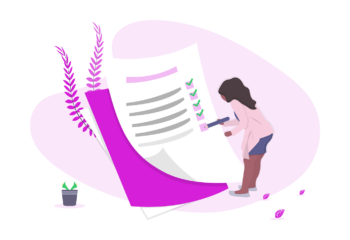
- introductory questions;
- topic-related questions;
- product-specific questions.
Don’t forget to dedicate some time to greeting the person and breaking the ice in the beginning, as well as to wrapping up and thanking him or her for participation in the end.
3. Create the interviewees’ profile and select those who fit it
You can’t just stop the first person you see in the street and ask them a couple of questions, obviously. In case you want to find out why there is a certain issue with the product you’ve already launched, focus on interviewing your current or former users. If you want to test your design solution with potential users, you need to find people who fit the user profile – you need to determine the main criteria (age, location, financial status, etc.) that describe your average user.
4. Find a partner
Find your interviewing partner and distribute the tasks during the interview – determine who is going to take notes and who is going to ask the questions and keep the conversation flowing. Besides, two heads are always better than one – the other interviewer may remember something you didn’t pay attention to.
5. Prepare the environment
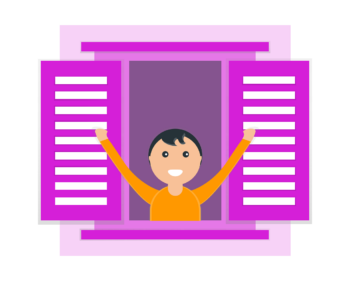
The Interview Itself
So, imagine it’s showtime – you are about to start the user interview. What do you do?
Cheer yourself up. Take a deep breath or two and smile – this is how you can start at the right place. Smiling changes the tone of our voice, so you’ll sound more friendly and positive.
Welcome the interviewee. Greet by their name, offer them a drink and some snacks. Don’t forget about some small talk – don’t jump right into the interview itself.
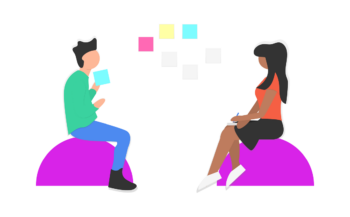
Build rapport. Make your interviewee comfortable with your body language – face them, make eye contact, avoid crossing your arms, etc. Explain how the interview is going to work to make sure the interviewee will not get confused and will feel valuable at the same time. Make sure he or she understands that there are no right or wrong questions.
Ask the introductory questions. Find out about the interviewee’s lifestyle, technology habits, etc. This will give relevant background information for further analysis and help you conduct a contextual interview.
Start the main part of the interview by asking easier, more general questions. Then, ask about the interviewee’s previous experience in using your app or a certain feature. If you need to understand how users expect content or functionality to be organized, we strongly recommend you to use the card sorting technique.
Here are some general tips on making your interview more efficient:
- avoid jargon and complicated technical terms – your interviewee is not likely to be an expert in UI/UX design;
- don’t treat the interview as a formal occasion that is strictly planned – have a conversation with the person instead;
- remember that you have created a plan for keeping the conversation going in the right direction – but leave some room for improvisation and follow-up questions;
- opt for asking open-ended questions (i.e. questions that can’t be answered with just ‘yes’ or ‘no’) – you’ll get more information in this way;
- avoid inserting your own opinion into the questions – ensure your questions don’t contain assumptions;
- if something is unclear, don’t assume – specify;
- ask the interviewee to use the app or a certain feature to observe real-time user behavior;
- use the latest technologies to get more data – for instance, you can use smart glasses to see what part of the screen the user is focused on.
Finish the interview wisely. Ask the person if they have anything to add or, perhaps, ask. Sum up the conversation in a couple of sentences that reflect the main takeaway points. Thank the person for their time and engagement and emphasize how important their input is for you.
Post-Interview Work
Revisit your interview plan after each interview to improve it. See which questions worked well and which ones were not clear or relevant.
Reflect on the interview results. Ask yourself what you have learned, look for patterns in data, what gaps in your knowledge you have revealed. Determine if what you’ve learned changes your next steps in design activities and whether you need to revisit certain design decisions you’ve already made.
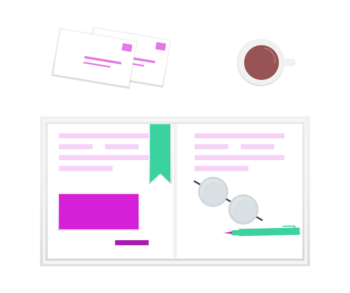
Analyze. Analysis can be broken into five stages:
- topline report – determining the initial areas of interest and questions that you still have unanswered;
- individual analysis – separating large pieces of information into smaller ones; combining those small pieces of information into new bigger ones to come up with new insights, patterns, etc.;
- writing down new insights and patterns;
- collaborative analysis – exchanging the conclusions you’ve drawn individually and analyzing them in a group;
- opportunities – coming up with ideas on how you might use the insights and conclusions.
As the result, you have two lists: a list of questions that remain unanswered and a list of opportunities.
The Bottom Line
Conducting a user experience interview is not a piece of cake – it’s not enough to just set the time and place for a meeting and go with the flow. You need to invest time and effort in preparation and analysis stages. (By the way, they may take several weeks each.)
However, if you prepare well, set your objectives wisely, encourage interviewees to give you sincere and unbiased answers, focus on having a conversation with them rather than an interview, and analyze those answers to gain some insights, user experience interviews will help you design a product that will win over users’ hearts.
